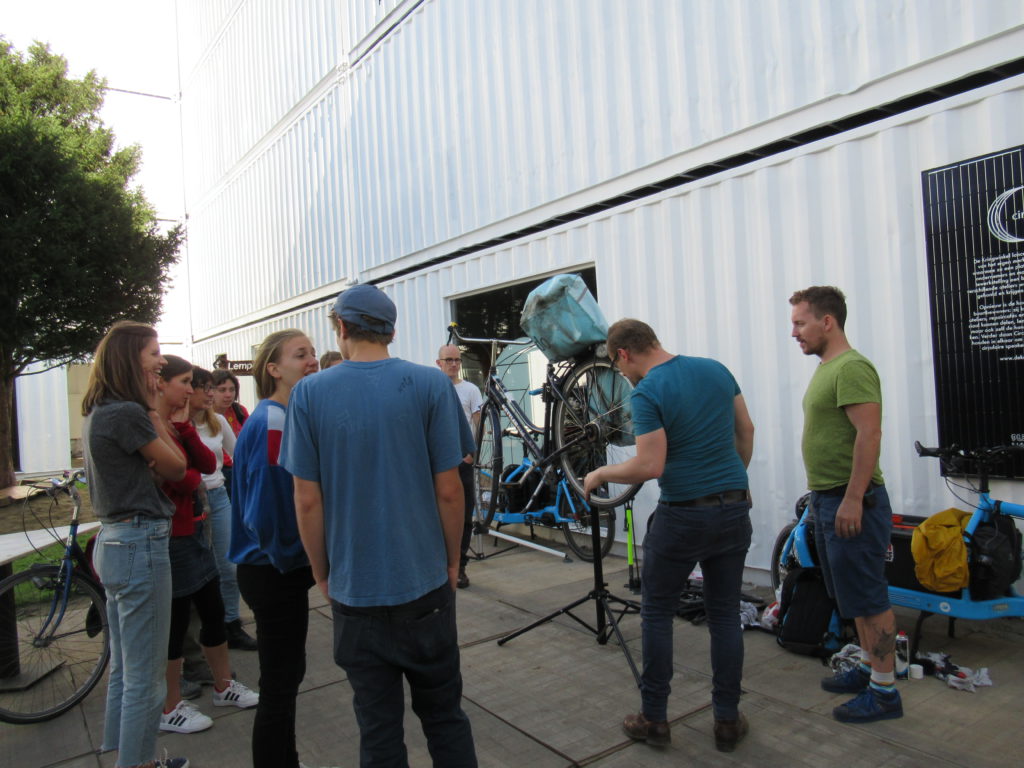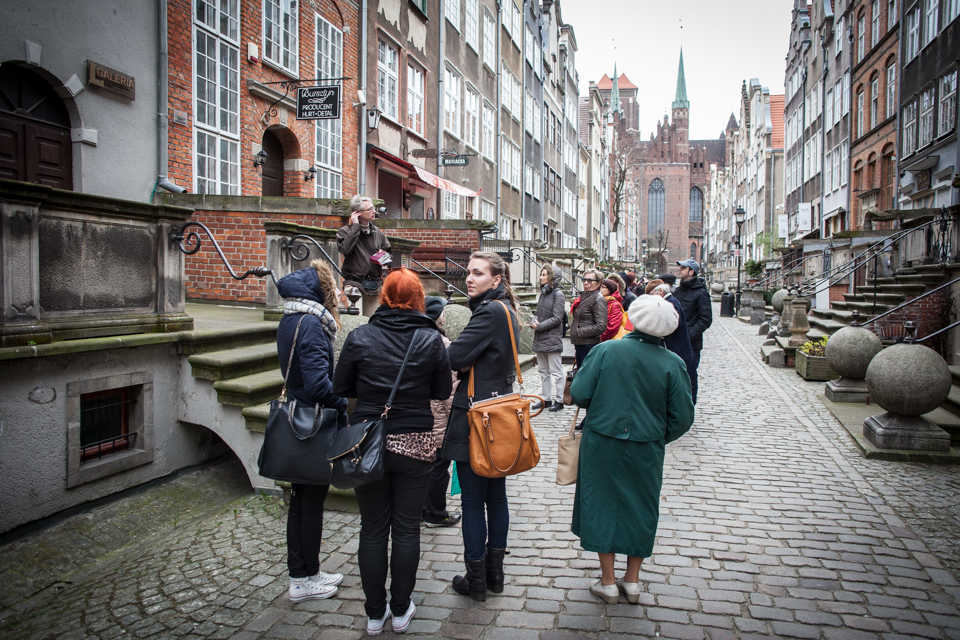How are cities putting sustainable urban development into practice?
Here are 5 golden rules from URBACT’s City Lab.

The second URBACT City Lab took place in Brussels (BE) on 2nd and 3rd July 2019: “How are cities putting sustainable urban development into practice?” was the core question that drove us through general and specific considerations in the fields of Air Quality and Mobility, Energy Transition and Climate Adaptation and Sustainable Food Systems. When seeking to feed into the work of the updated Leipzig Charter, it appeared that on the one hand sustainability is still a complex paradigm to get into and embed for a city, but on the other, cities are leading the way in what can be done.
Here are 5 golden rules for cities to become sustainable.



